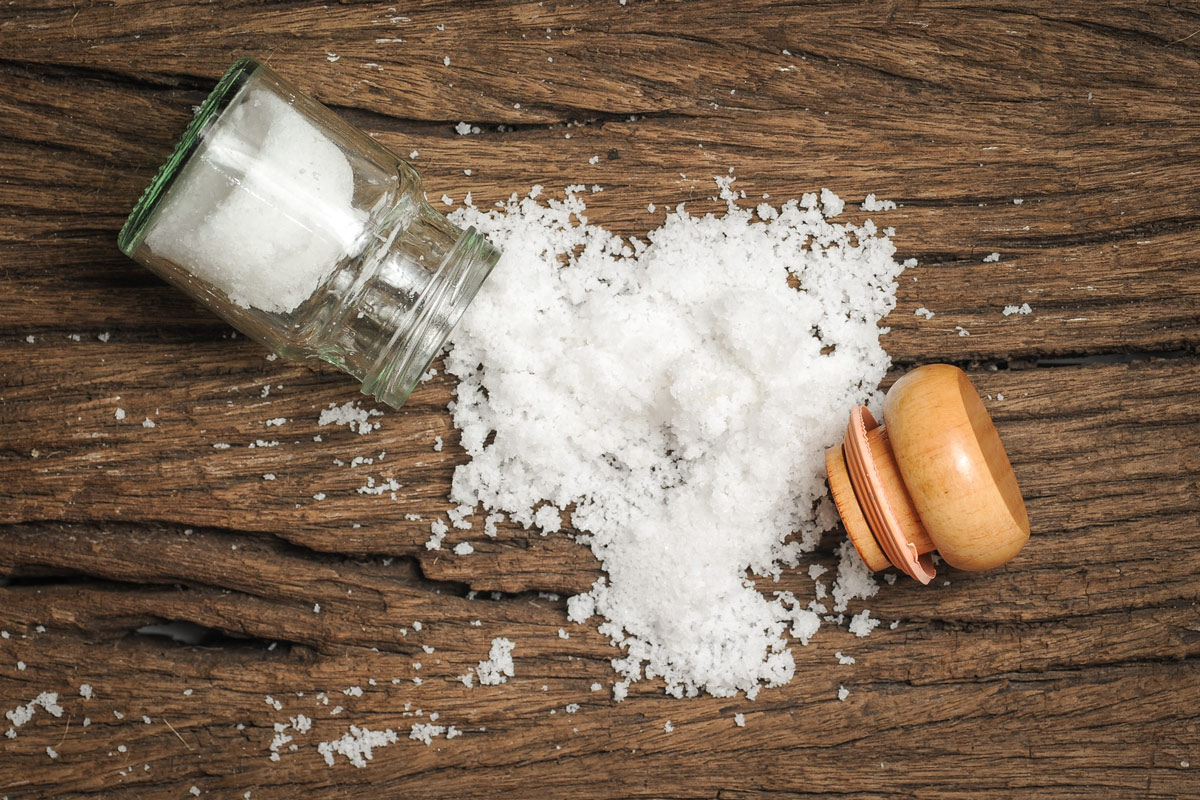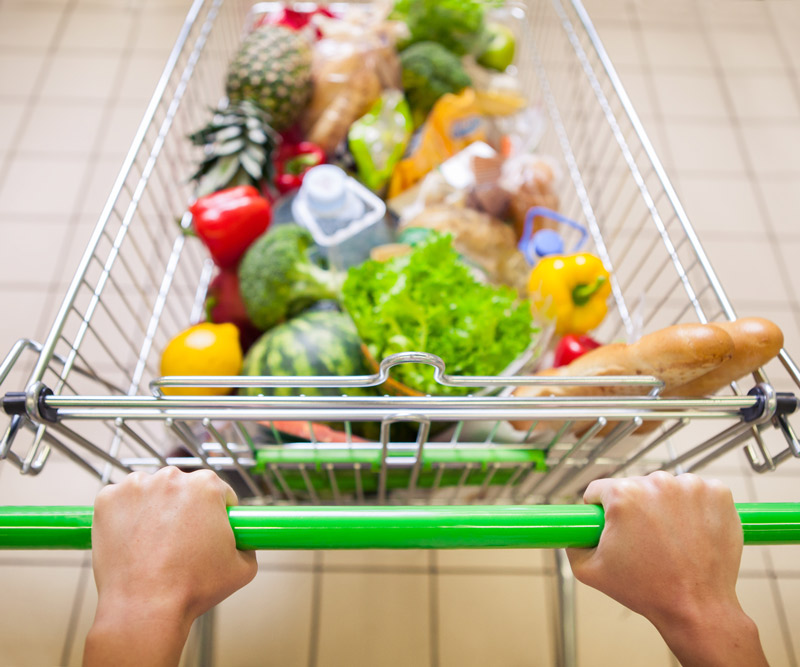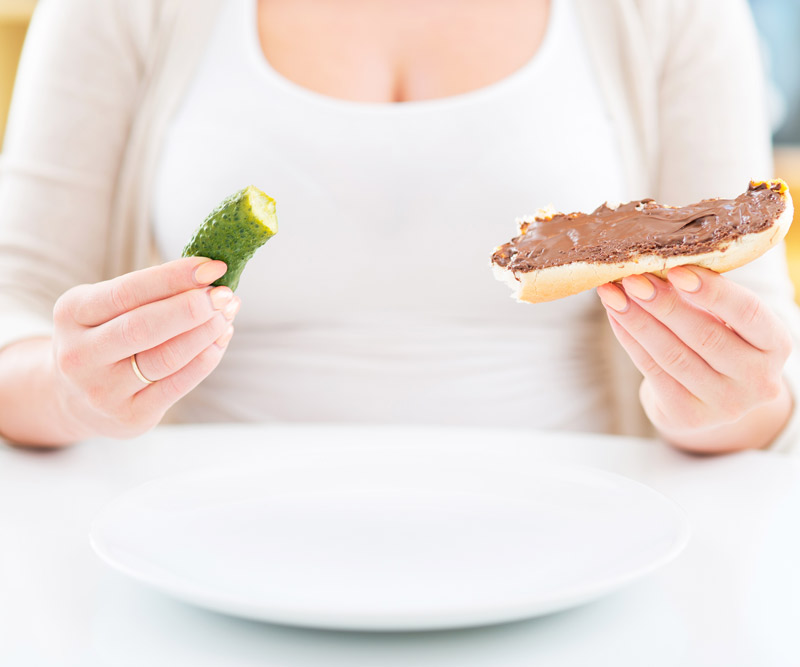
Staying Out of Salty Situations
Believe it or not, some salt is part of a healthy diet.
This being said, excess amounts of sodium causes fluid retention in the body.
When there’s extra fluid in the body, your heart has to work harder. The harder your heart works, the higher your blood pressure will be.
High blood pressure is one of the main risk factors for cardiovascular disease, the leading cause of death in the United States.
Doing something as simple as being more mindful of your salt intake has many benefits for long-term health.
According to the 2015 Dietary Guidelines for Americans, salt intake should be limited to 2,300 mg a day. This equates to a daily serving of about a teaspoon of salt.
A few groups – including adults ages 51 and older, African-Americans of any age, and individuals with diabetes, high blood pressure or chronic kidney disease – should limit their sodium intake to an even lower level of 1,500 mg per day.
However, most Americans have been surpassing these guidelines and consume an average of 3,400 milligrams of salt on a daily basis.
And the reason for this isn’t overuse of the salt shaker at dinner.
“A majority of people consume salt through processed foods, as many processed foods are high in sodium,” says Lianne Metcalf, a registered dietitian with the Hawaii Pacific Health 360º Weight Management Program at Pali Momi Medical Center.
“In order to control how much salt or sodium you are consuming, it’s best to prepare your own food at home as often as possible,” Metcalf advises.
Here, Metcalf offers seven other suggestions to help you stay away from salty situations:
- Focus on fresh. Fruits, vegetables, fresh meats, poultry, fish, dried beans, eggs, milk, yogurt and grains that come in their natural form are usually lower in sodium.
“Aim for fresh or frozen vegetables. If you only have canned available, that’s OK, just rinse the vegetables under water to remove some of the excess sodium,” says Metcalf.
- Limit processed and prepared foods. Cheesy foods like pizza, ready-to-eat foods like canned soups and cured meats like bacon, hot dogs and SPAM are all high in sodium. Only eat these foods on occasion or in lesser amounts.
- Prepare your own meals. At home, you are in control of how much salt you add to your dishes. Try to use little to no salt when cooking. Decide if you can omit it, even if instructed by the recipe.
- Minimize salt to maximize creativity. “Don’t just think that if you’re decreasing the salt in items you are removing the flavor!” Metcalf says. “Add in additional herbs and spices, or try adding lemon or vinegar to items.”
Utilizing different salt-free seasonings, like the ones below, will allow you to try new, delicious flavors!
- Face the facts. Compare food labels. Look for ones where the daily value of sodium is 5 percent or less. These foods are considered low in sodium. Any food that provides 20 percent or more of your daily value of sodium is considered high in sodium. Keep an eye out for foods labeled “low sodium,” “reduced sodium” or “no salt added.”
- Use caution with condiments. Many condiments like soy sauce, ketchup, salad dressing, pickles and olives are high in sodium. Substitute these with low-sodium options. Also, if a dish comes with a seasoning packet, sprinkle only a small amount instead of the whole thing.
- Allow time for adjustment. “Give your taste buds time to adjust to the lower-sodium foods – they’re probably used to having higher-salt foods and therefore will need a bit of time to adjust to the decrease,” Metcalf says. “Give it a bit of time and eventually you won’t even notice the difference.”
To boost the flavor in your favorite dishes, Metcalf recommends trying these three salt-free seasonings. Just combine the following ingredients and store in a tightly covered jar. Sprinkle or rub the blends onto food for added flavor.
Mixed Herb Blend
1/4 cup dried parsley flakes
2 tablespoons dried tarragon
1 tablespoon dried oregano
1 tablespoon dill weed
1 tablespoon celery flakes
Italian Blend
2 tablespoons dried basil
2 tablespoons dried marjoram
1 tablespoon garlic powder
1 tablespoon dried oregano
2 teaspoons thyme
2 teaspoons crushed dried rosemary
2 teaspoons crushed red pepper
Mexican Blend
1/4 cup chili powder
1 tablespoon ground cumin
1 tablespoon onion powder
1 teaspoon dried oregano
1 teaspoon garlic powder
1 teaspoon ground red pepper
1/2 teaspoon cinnamon
Published on: April 26, 2016




